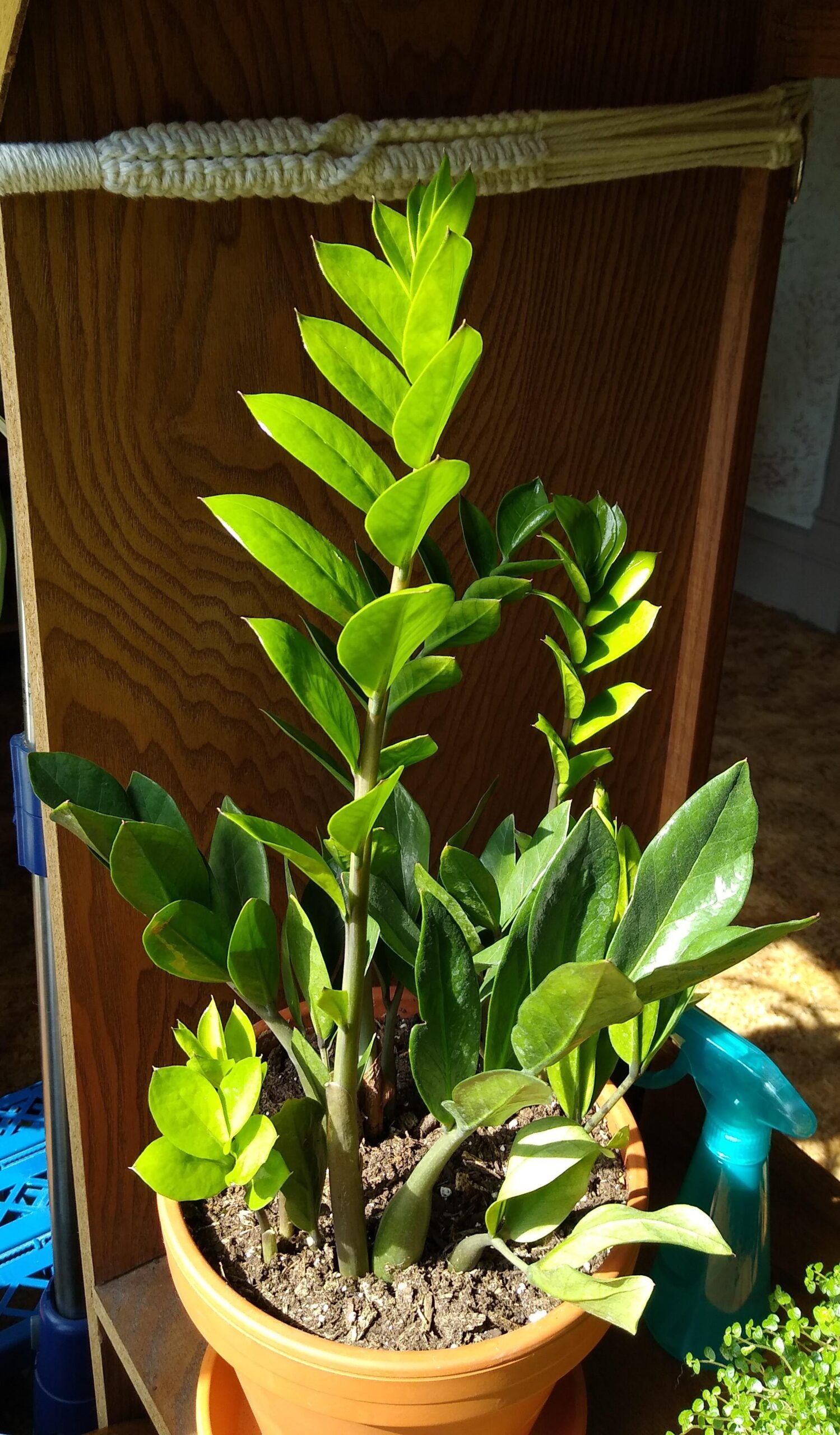Planting new plants can be exciting yet challenging. Using the right tools and materials is essential for success.
Starting a new garden or adding plants to your space brings joy and beauty. The right supplies make the process smoother and help your plants thrive. In this guide, we will explore what you need for planting new plants. From soil types to essential tools, we’ll cover everything you need to know.
Whether you are a beginner or an experienced gardener, this information will help you set up your plants for healthy growth. Get ready to dig in and discover the best resources for your gardening journey.
Preparing The Soil
Testing soil is very important. It helps know what nutrients are there. Also, it tells what is missing. You can buy a soil test kit. Or send a sample to a lab. Soil pH is crucial. Most plants like slightly acidic soil. Knowing this helps plants grow better.
Adding organic matter improves soil. Compost is great. It adds nutrients and keeps soil moist. Manure is also good. It enriches the soil. Use it in small amounts. Peat moss helps too. It makes soil light and airy. These amendments make soil healthy for new plants.

Credit: www.reddit.com
Selecting The Right Tools
Hand tools are essential for planting new plants. Trowels help dig small holes for seeds and bulbs. Pruners cut branches and shape plants. Hand rakes loosen soil and remove debris. Weeders remove unwanted plants from the garden. These tools are light and easy to use.
Power tools make gardening faster. A tiller breaks up hard soil. Leaf blowers clear leaves and debris. Hedge trimmers shape large bushes quickly. Electric pruners cut branches with less effort. These tools save time and energy.
Choosing The Best Plants
Plants need specific climates to thrive. Some plants love the sun and heat. Others prefer cooler, shadier spots. Check your area’s climate. Choose plants that match it. This helps them grow strong and healthy.
Different plants need different soils. Some like sandy soil. Others need clay-rich or loamy soil. Test your soil first. Add compost or fertilizer if needed. This prepares the soil for new plants. Healthy soil means strong roots and vibrant plants.
Planting Techniques
Using quality soil, water, and proper sunlight is essential for planting new plants. Ensure the correct spacing for growth. Employ mulch to retain moisture and control weeds.
Spacing Guidelines
Proper spacing is key for healthy plants. Too close, and they compete for resources. Too far, and you waste space. Measure the mature size of your plants. Leave enough room for growth. For small plants, leave 6 to 12 inches apart. For larger plants, leave 18 to 24 inches. This ensures they get enough sunlight, water, and nutrients.
Depth Requirements
Depth is crucial. Plant too deep, and roots may suffocate. Plant too shallow, and they may dry out. Follow the depth instructions on plant labels. Usually, plant at the same depth as in the pot. For seeds, follow the packet’s guidance. Proper depth ensures strong roots and healthy growth.
Watering Essentials
New plants need water every day. Keep the soil moist but not soaked. Water in the morning. This helps plants grow strong. Make sure water reaches the roots. Young plants dry out fast. Check the soil daily. Water more in hot weather.
Drip irrigation is a good choice. It saves water and keeps soil moist. Sprinklers can also work well. They cover a large area. Use a timer for consistent watering. This helps plants get the right amount. Set the timer for early morning. Avoid watering at night. Wet leaves can cause disease.
Mulching Methods
Mulch is important for plants. It keeps the soil moist. There are different types of mulch. Organic mulch includes leaves, straw, and grass clippings. Inorganic mulch includes rocks and plastic sheets. Each type has its benefits. Organic mulch adds nutrients to the soil. Inorganic mulch does not decompose.
Apply mulch around plants. Keep it away from stems. This prevents rot. Use a 2 to 3-inch layer. Do not pile it too high. This helps water reach the roots. Check mulch regularly. Add more if needed.
Fertilizing Strategies
Organic fertilizers come from natural sources. They include compost, manure, and bone meal. These help improve soil health over time. Organic options release nutrients slowly. This means plants get a steady supply.
Synthetic fertilizers are man-made. They are often cheaper and easier to use. These deliver nutrients quickly. Plants can absorb them fast. Be careful, though. Overuse can harm the soil.
Apply fertilizers at the right time. For new plants, use them during planting. This gives them a good start. Add more during the growing season. Follow the instructions on the package. Too much can damage your plants.

Credit: pistilsnursery.com
Pest And Disease Control
Some common pests are aphids, spider mites, and whiteflies. These pests can damage new plants. They suck the sap from the plants. Aphids are tiny and green. Spider mites are very small and red. Whiteflies are small and white. These pests can spread diseases. They can make plants weak and unhealthy.
Use neem oil to keep pests away. Neem oil is safe for plants. Spray neem oil on the leaves. Also, use sticky traps. Sticky traps catch flying pests. Place traps near the plants. Water plants in the morning. Watering in the morning keeps plants strong. Keep the garden clean. Remove dead leaves and weeds. Clean gardens reduce pest problems.

Credit: www.reddit.com
Frequently Asked Questions
What Tools Are Best For Planting New Plants?
The best tools include a trowel, gloves, watering can, and soil knife. These help with digging, planting, and watering.
Which Soil Type Is Ideal For New Plants?
Loamy soil is ideal for new plants. It retains moisture and nutrients, while also providing good drainage.
How Often Should I Water Newly Planted Plants?
Water new plants daily for the first week. After that, water them every two to three days.
Do New Plants Need Fertilizer Immediately?
New plants benefit from a balanced fertilizer. Apply it sparingly after they are established in the soil.
Conclusion
Gardening can be rewarding with the right tools and materials. Use quality soil for better plant growth. Add compost for extra nutrients. Don’t forget to water regularly. Mulch helps retain moisture. Fertilizers provide essential nutrients. Choose the right pots or garden beds.
Consider sunlight and plant needs. Follow these tips for healthy, vibrant plants. Happy planting!

My mission is to help you bring the beauty of nature indoors with expert advice, detailed plant care guides, and creative design ideas.





Leave a Reply